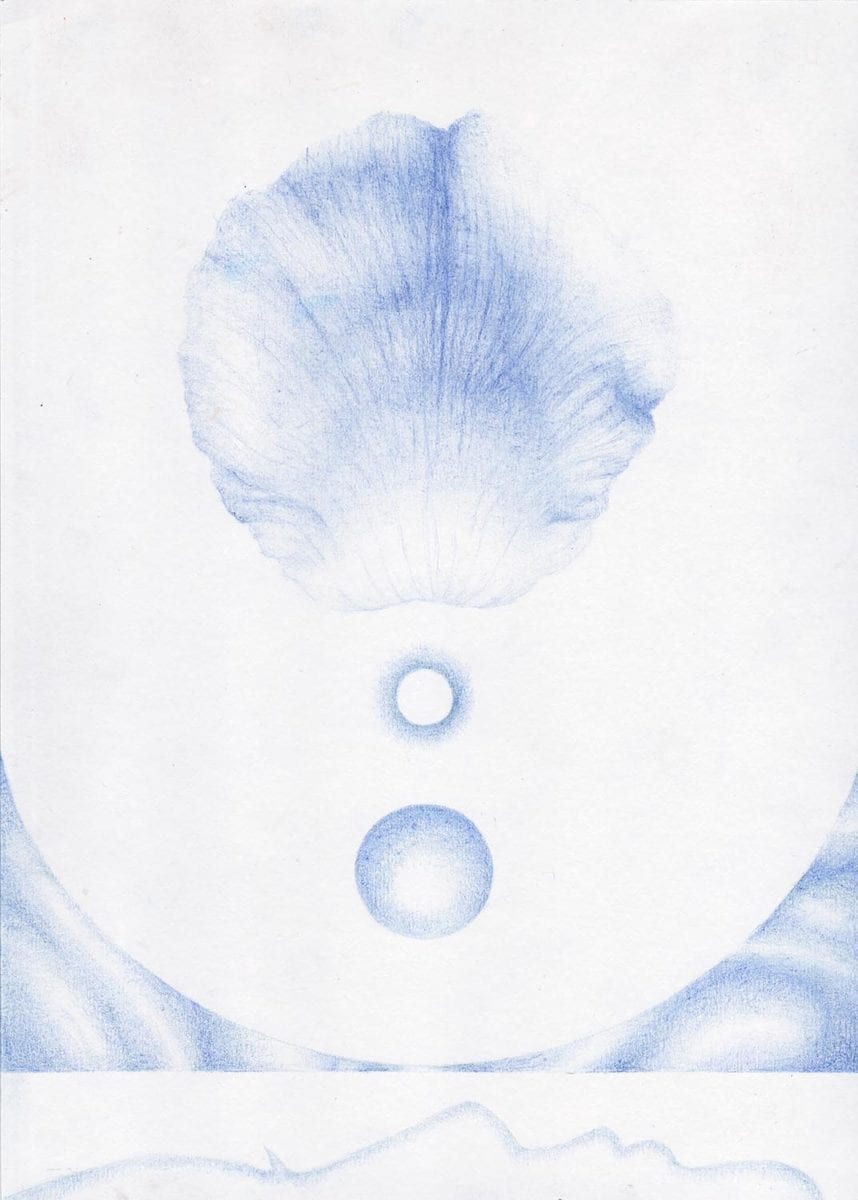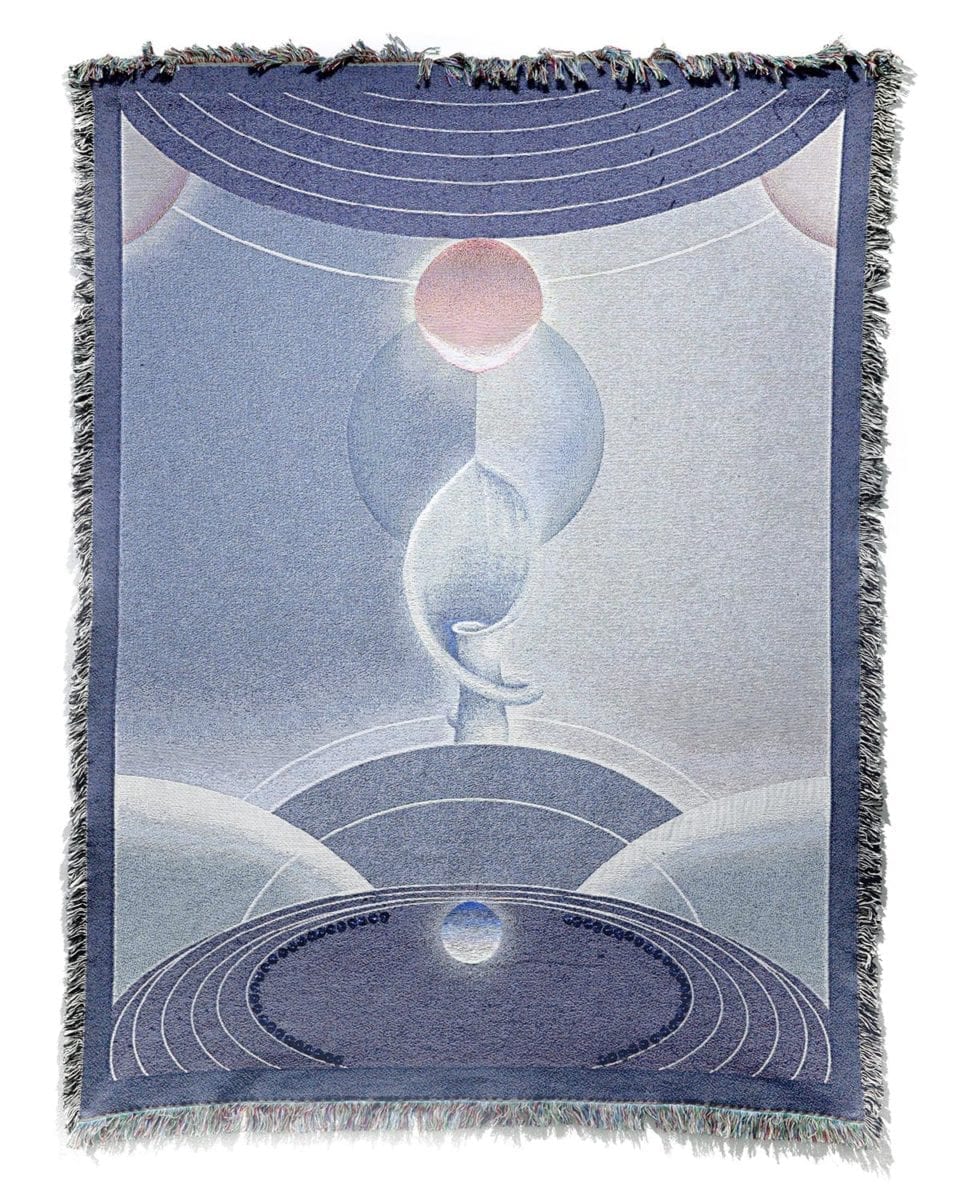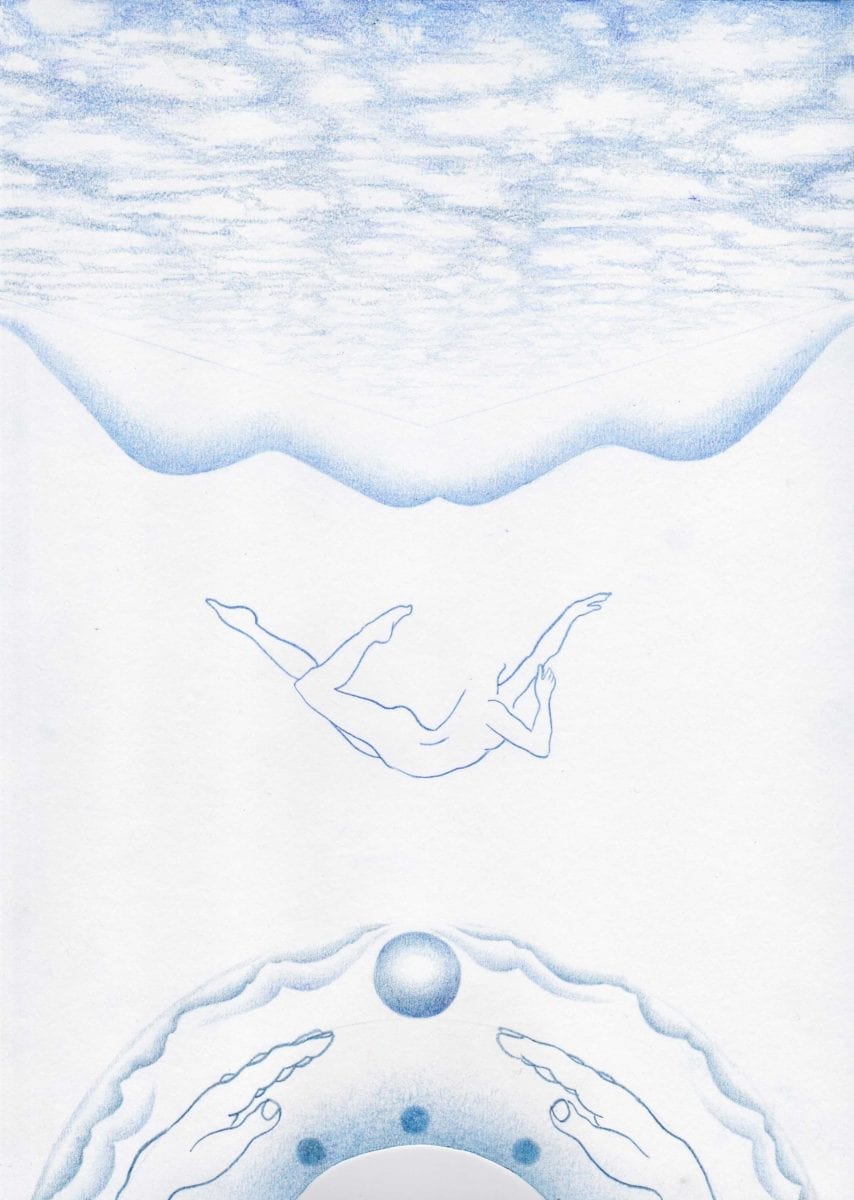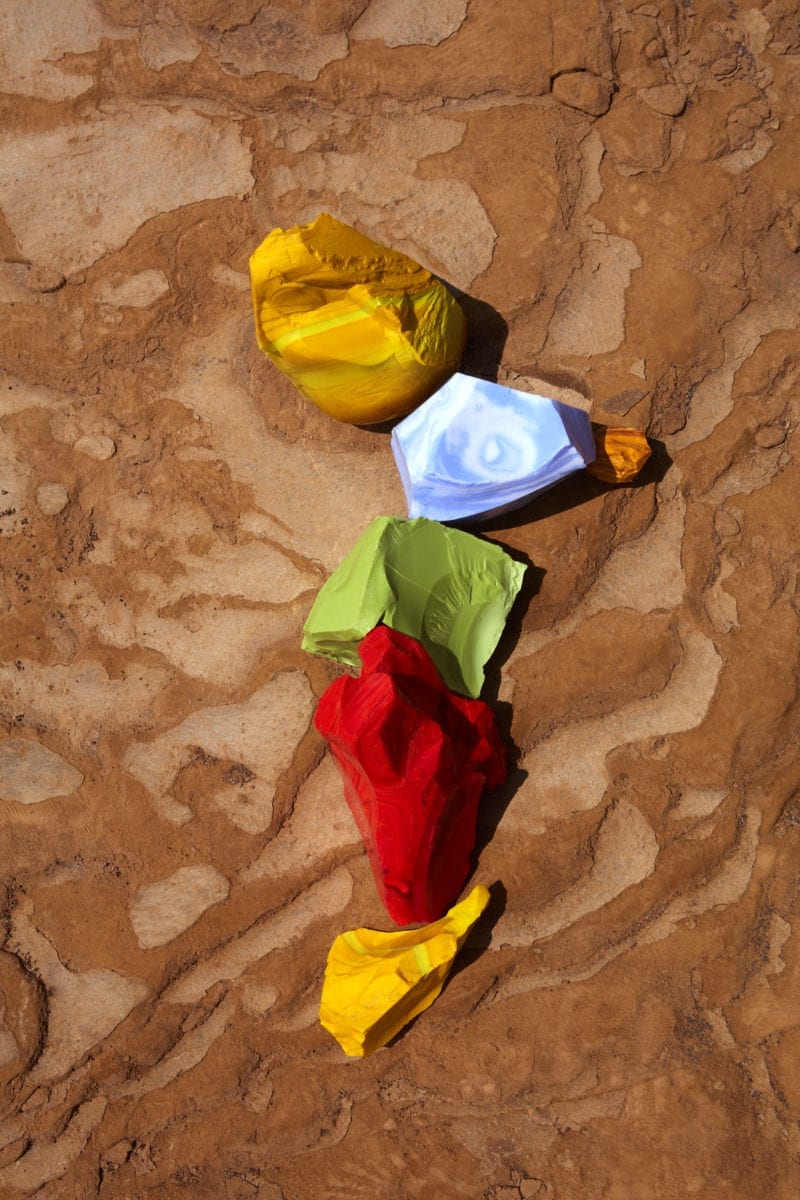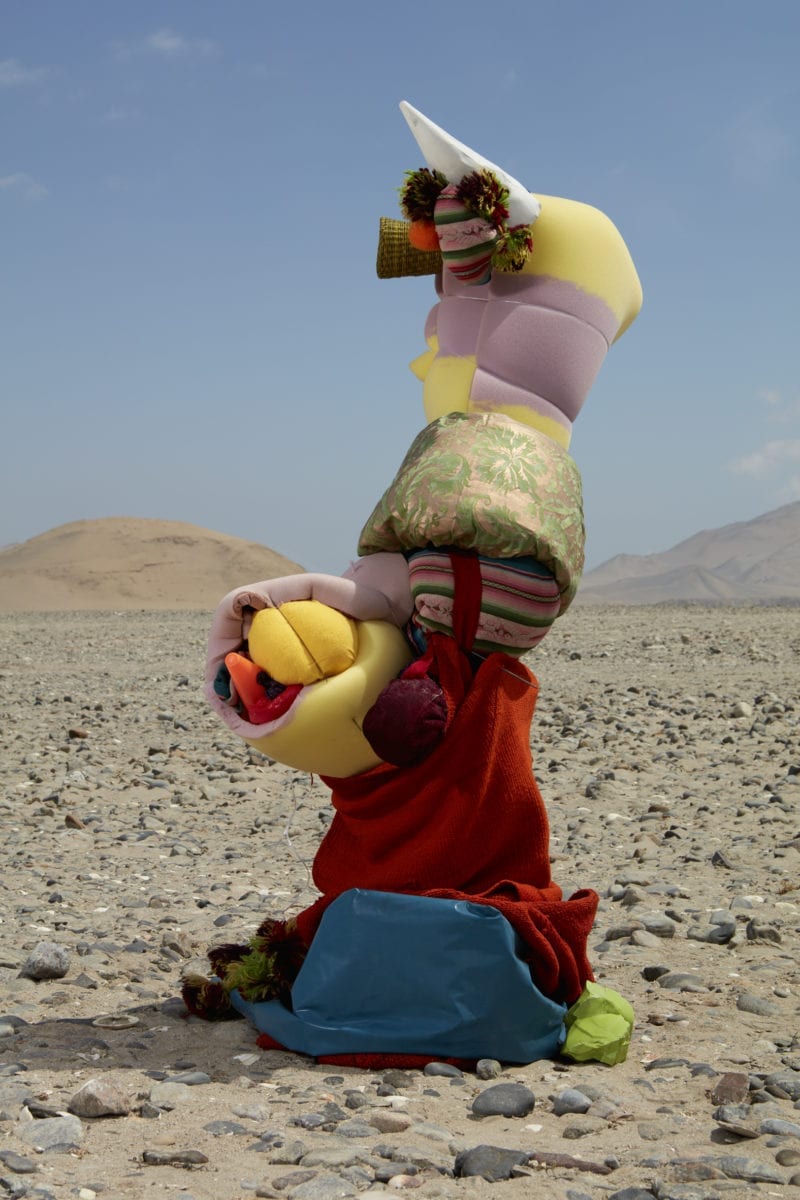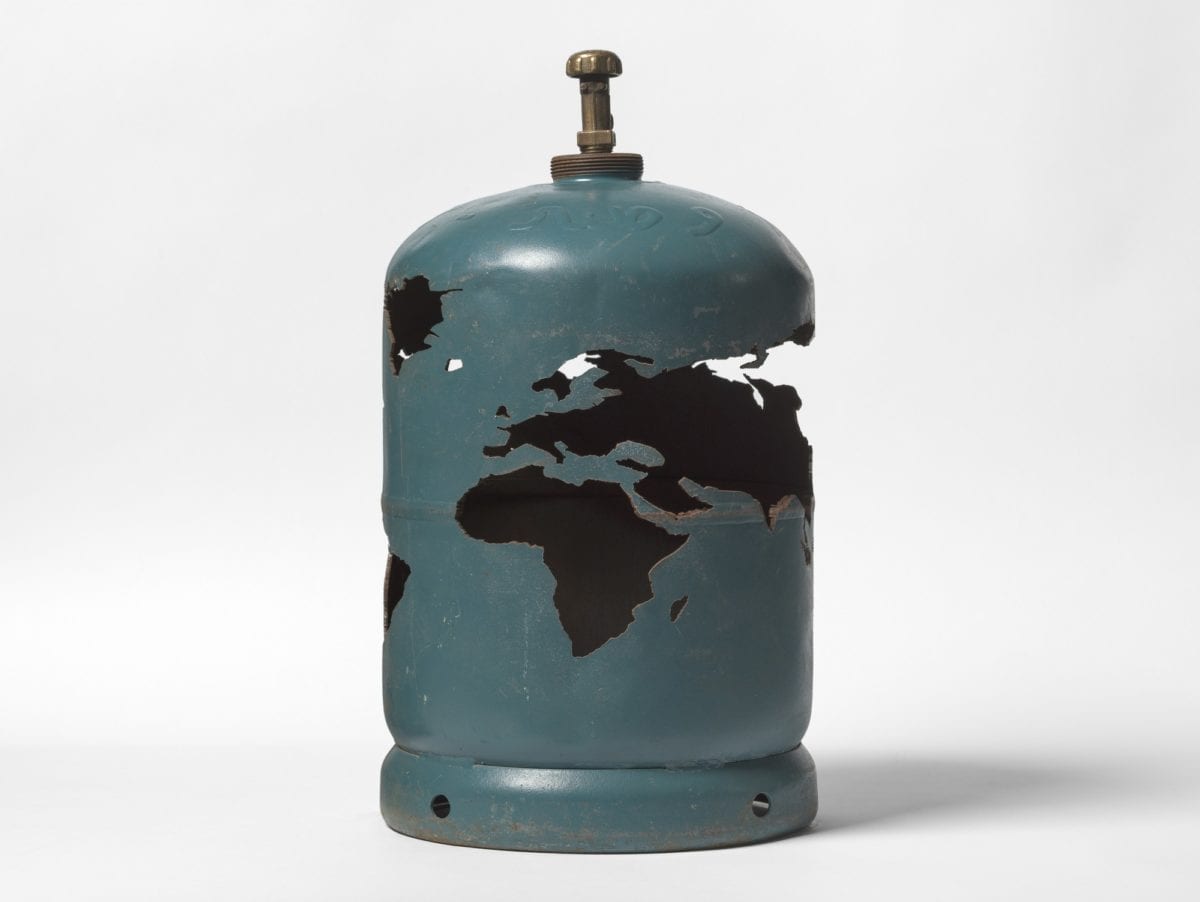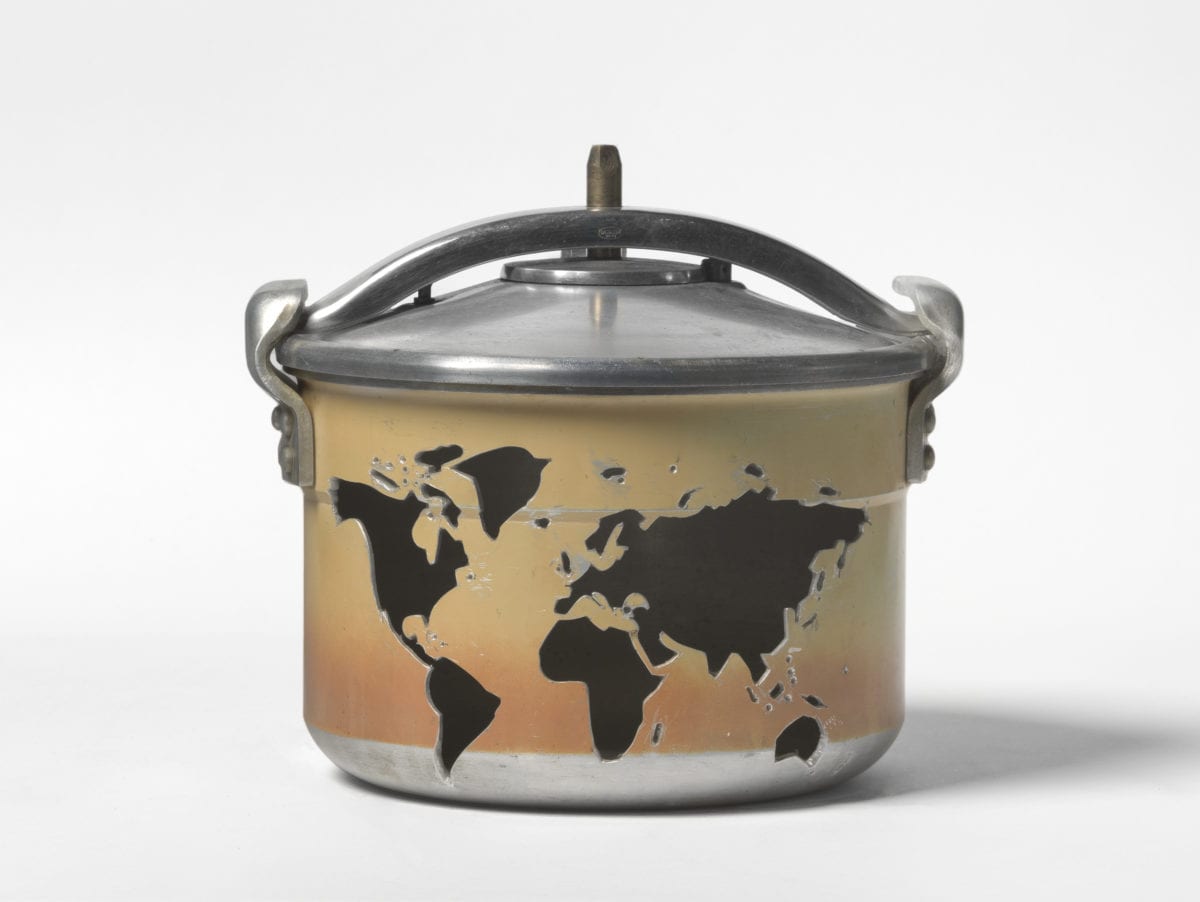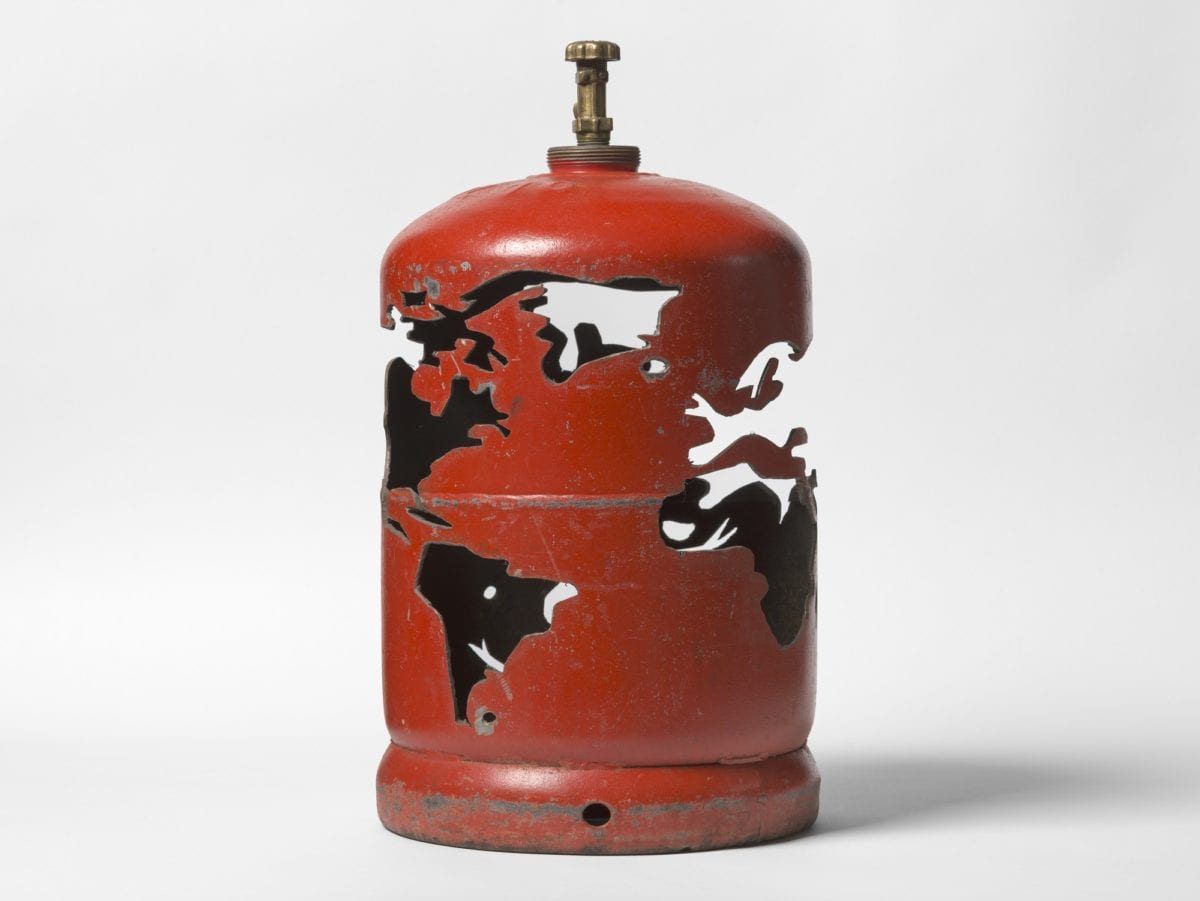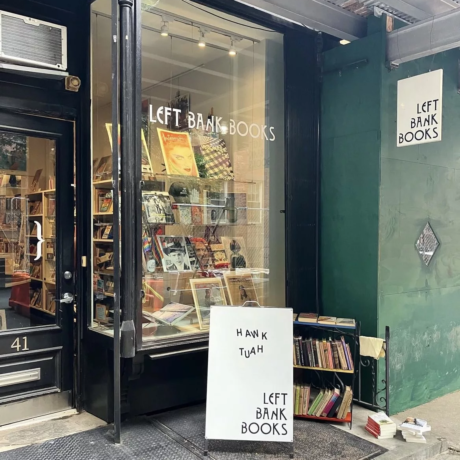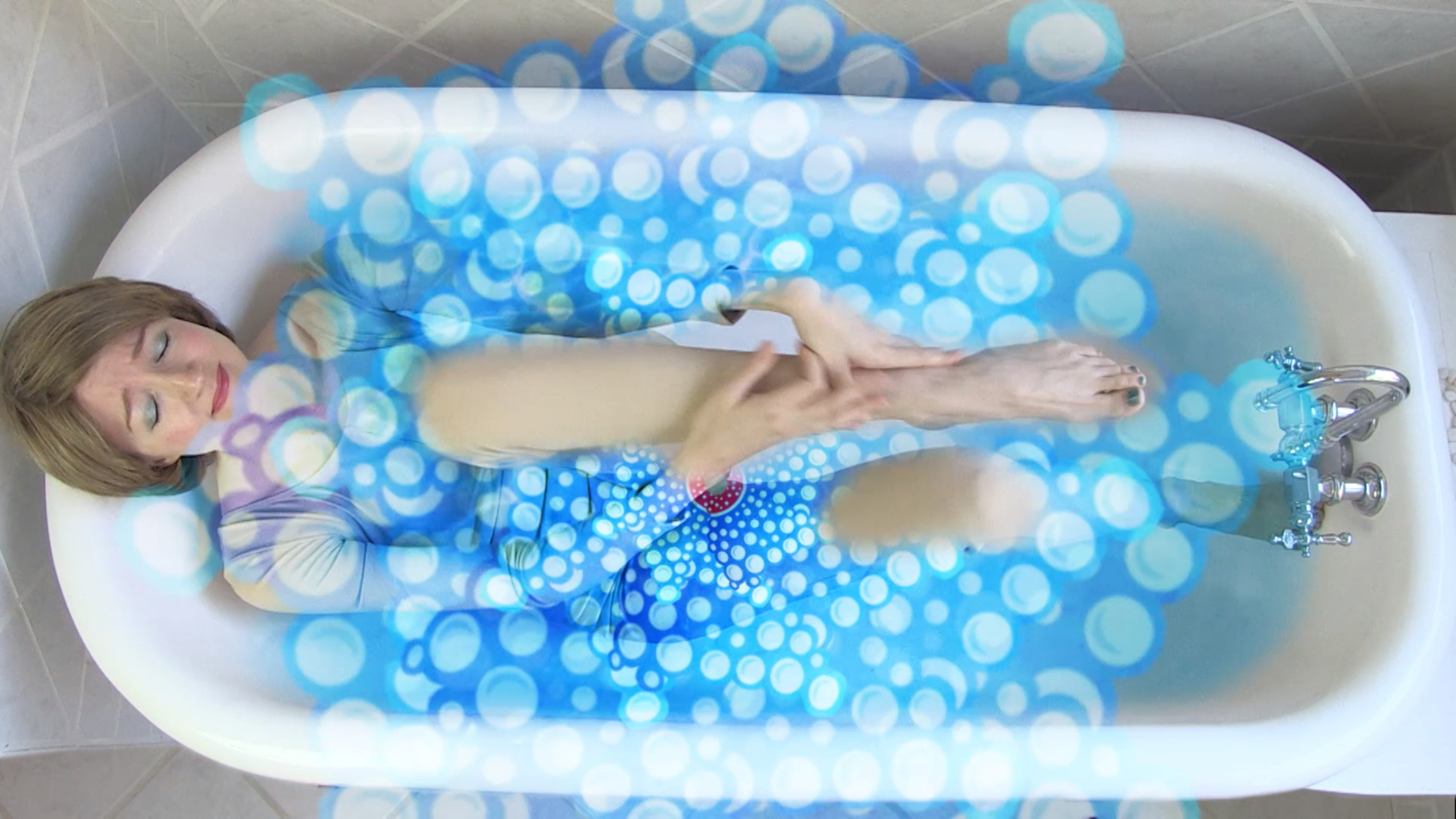
Video: Shana Moulton
Video artist Shana Moulton—who by day is an assistant professor in Santa Barbara—invented her alter-ego Cynthia while she was still a student herself. Cynthia wears medical device dresses as a way to combat intense hypochondria, a condition from which the artist herself suffers. Cynthia is also agoraphobic and stifled by the mundanity of her object-stuffed domestic space, (look out for references to ancient totems and California kitsch). In Moulton’s multi-channel video installations we follow Cynthia on desperate attempts to improve herself, with sometimes perturbing and often funny results. Capturing the clash between the spiritual and contemporary consumerism, Moulton’s elegiac and immersive installations will be shown this month at the Zabludowicz Collection (from 12 September) and the Lyon Biennale (opening 18 Sept). Head to page ninety-two of our new Autumn issue to read a full interview with Shana Moulton by Louisa Elderton. (Charlotte Jansen)
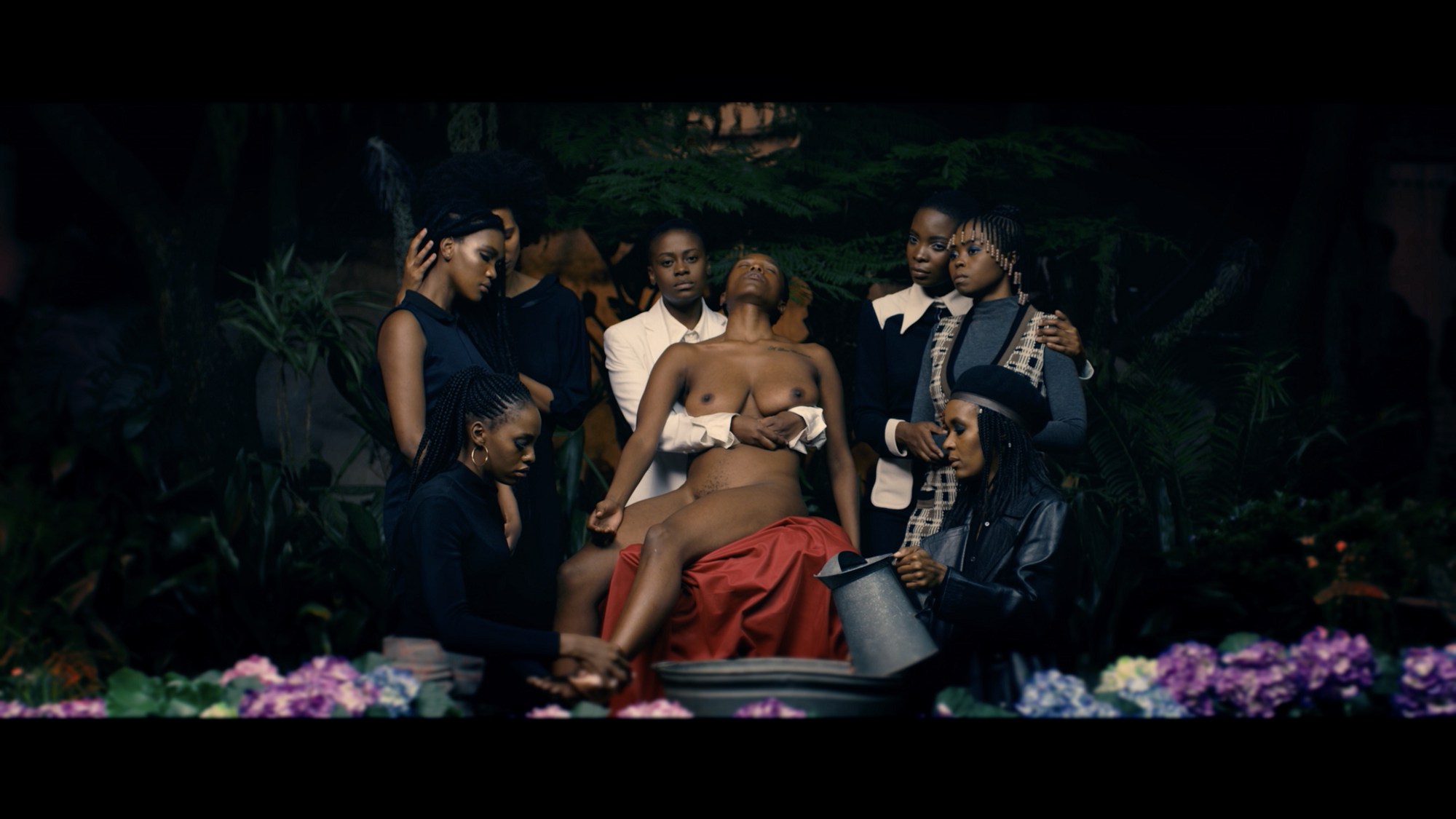
Film/Photography: Kudzanai Chiurai
Zimbabwean artist Kudzanai Chiurai grapples with the legacy of colonialism in his home country and beyond, often considering the intense urban metropolis as a site of political friction, migration and contemporary identity politics. He works in a variety of mediums, but is widely recognized for his film and photography work. His film We Live in Silence, which is the third installment of a trilogy, takes Mauritanian filmmaker Med Hondo’s acclaimed 1967 drama Soleil Ô as a starting point to explore complex identities and power structures. He responds to the notion of “colonial futures” which is defined as “the idea that those previously colonized should continue to speak, think, and understand language in the same way as their colonisers”. Chiurai also upends excepted historical narratives by repositioning a black female leader at the powerful protagonist. The film’s UK premiere takes place at 6 Cork Street, to mark the opening of Goodman Gallery London on the same street, on 3 October. (Holly Black)
- Charlotte Edey, Dive, 2019
- Dust, 2019
- Biform, 2019
Textiles/Illustration: Charlotte Edey
Working across print, tapestry, textile and embroidery; Charlotte Edey’s work uses elements based around myth, mysticism and femininity to explore the intersection of identity and the spiritual. Everything she creates is based around symbols both obvious and unseen; creating worlds that aim to “blur distinctions between the internal landscape of the self and the universal,” she says. Alongside her art practice, Edey also works as a commercial illustrator and has created pieces for clients including Miu Miu, the New York Times, Penguin Random House, WeTransfer, The Guardian and the BBC. From 4 to 28 September Edey’s work will be on show in her solo exhibition Echolocation at Public Gallery in East London. The exhibition will showcase new work, including drawing, embroidery, woven tapestry and silk georgettes. Don’t miss Holly Black’s interview with Edey in the latest issue of Elephant, out now. (Emily Gosling)
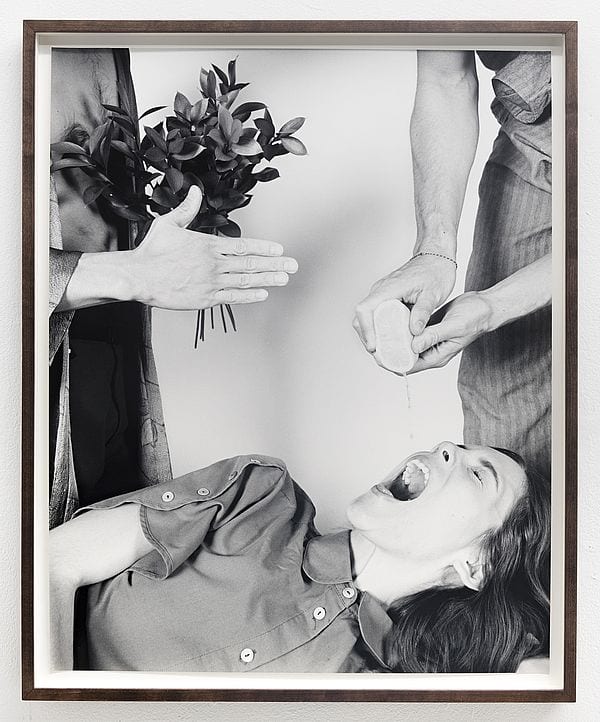
Photography: Jenna Westra
The body, and particularly the female body, is explored in the intriguing images of American photographer Jenna Westra, who makes confident use of gesture and body language in her curious compositions. Often featuring non-professional models who she meets online, the act of directing, performing and photographing itself is unpicked in posed scenes of intimacy and play. The aesthetics of advertising (not least the prevalence of the female form) looms large in her work, as her models interact with fruit props in tantalising set-ups. Westra will be presenting her first solo show in Germany during Berlin Art Week, at Schwarz Contemporary until 12 October, featuring new photographic works in both colour and black and white. (Louise Benson)
Music/Sound/Performance: Pan Daijing
China-born, Berlin-based artist and composer Pan Daijing has long blown me away with her take on highly experimental, deeply moving electronic music and striking, poetic performance. Combining innovative uses of the human voice with wild approaches to set design, performance and sound; she’s a lot more than beats—and her 2018 show at the Barbican with Aïsha Devi (whose work we discuss in our new Self Care issue of the mag) and Asian Dope Boys married hilarious banter with serious, raw, emotionally driven sonics. Her latest piece, Tissues, will be presented in the Tanks at Tate Modern next month, billed as an “experimental play” that combines opera, theatre, dance, cinema and poetry. “The piece is ultimately about time and solitude,” says Daijing. “Tissues as the medical term which forms human physicality. And tissues as the instrument we use to wipe to clean bodily fluids and waste, and eventually memory.” (Emily Gosling)
- Left: Yellow, Blue, Green and Red Cotisso in Paracas, from the series Caminantes, 2019. Right: Green Cotisso,Mantas, Foam, Green Fortuny, Mask, Wicker Vase, Blue Plastic in Paracas,from the series Caminantes, 2019 © Lorenzo Vitturi
Photography: Lorenzo Vitturi
It’s impossible not to love Lorenzo Vitturi’s colourful, sculptural creations: whether inspired by markets in Lagos or London, or glass-making traditions in Venice and Peru (the artist’s father is from Venice, and moved to Peru to open a Murano glass factory, where he met Vitturi’s Peruvian mother) his style is unmistakable and unique. His rich visual metaphors are full of colour and movement, and capture the transient impulse of human culture. Now is a particularly exciting moment to watch London-based Vitturi as he prepares to open a large-scale presentation of all of his research and work over the last decade, titled Materia Impura, at Foam in Amsterdam. The mid-career retrospective includes his most recent and personal project, Caminantes, the result of journeys between Venice and Peru. Vitturi is truly—as the story of his heritage suggests—a product of migration and his work a celebration of the creativity that comes when cultures meet and merge. (Charlotte Jansen)
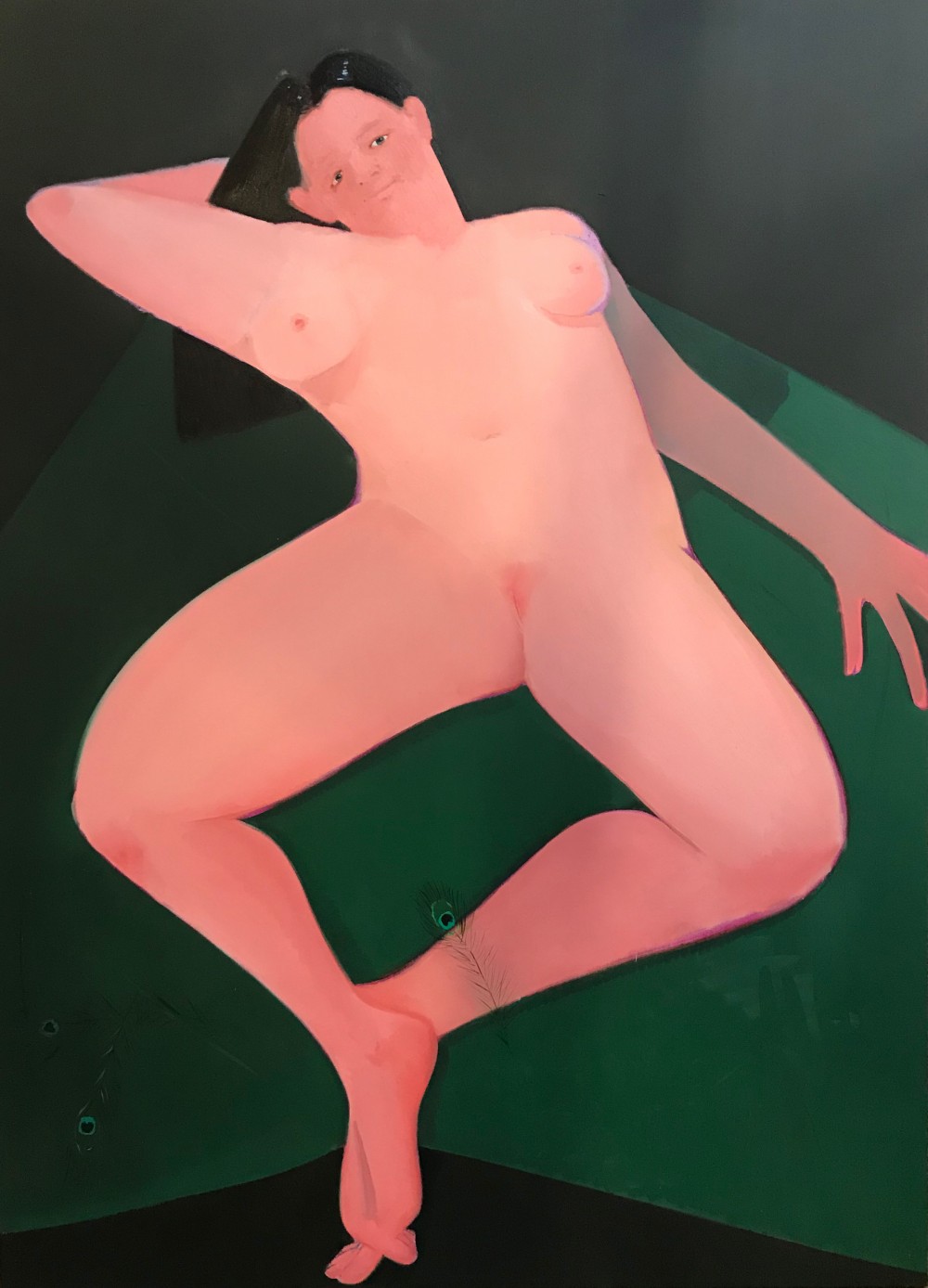
Painting: Sofia Mitsola
Slade painting graduate Sofia Mitsola is going from strength to strength this year, with an appearance at the prestigious Jerwood Solo Presentations already under her belt, and her first solo show currently on view in London at Pilar Corrias. The Greek artist playfully alludes to mythological tales of sphinxes and sirens and their wise, wily ways in her paintings of women who appear fully in control of their own sexuality. Her distinctive colour palette and assertive style have ensured that the art world sit up and take notice. In her work, she brings together as she does the tales of youthful goddesses of yore, and an interrogation of the female gaze that feels firmly contemporary. A portfolio of her work can be found in the new issue of Elephant, and her latest exhibition is on display until 25 September. (Louise Benson)
- Batoul S’Himi, The World Under Pressure, 2014
Sculpture: Batoul S’Himi
Batoul S’Himi creates sculptures from seemingly banal household objects, which might usually be associated with subservient female domesticity. However, on closer inspection her choice of products, including pressure cookers, meat cleavers and gas canisters (all of which are commonplace in the artist’s Morrocan home) speak of a hidden force that could be interpreted as inner strength or outward violence. S’Himi incises global maps into her objects, pointing to the historic division of the personal and the political in terms of female autonomy, particularly in the Arab world. There are also allusions to the legacy of cartography and the complexities around international trade, wealth distribution, and intense political tensions. S’Himi is showing several sculptures at the Wellcome Collection’s new permanent exhibition Being Human. (Holly Black)
